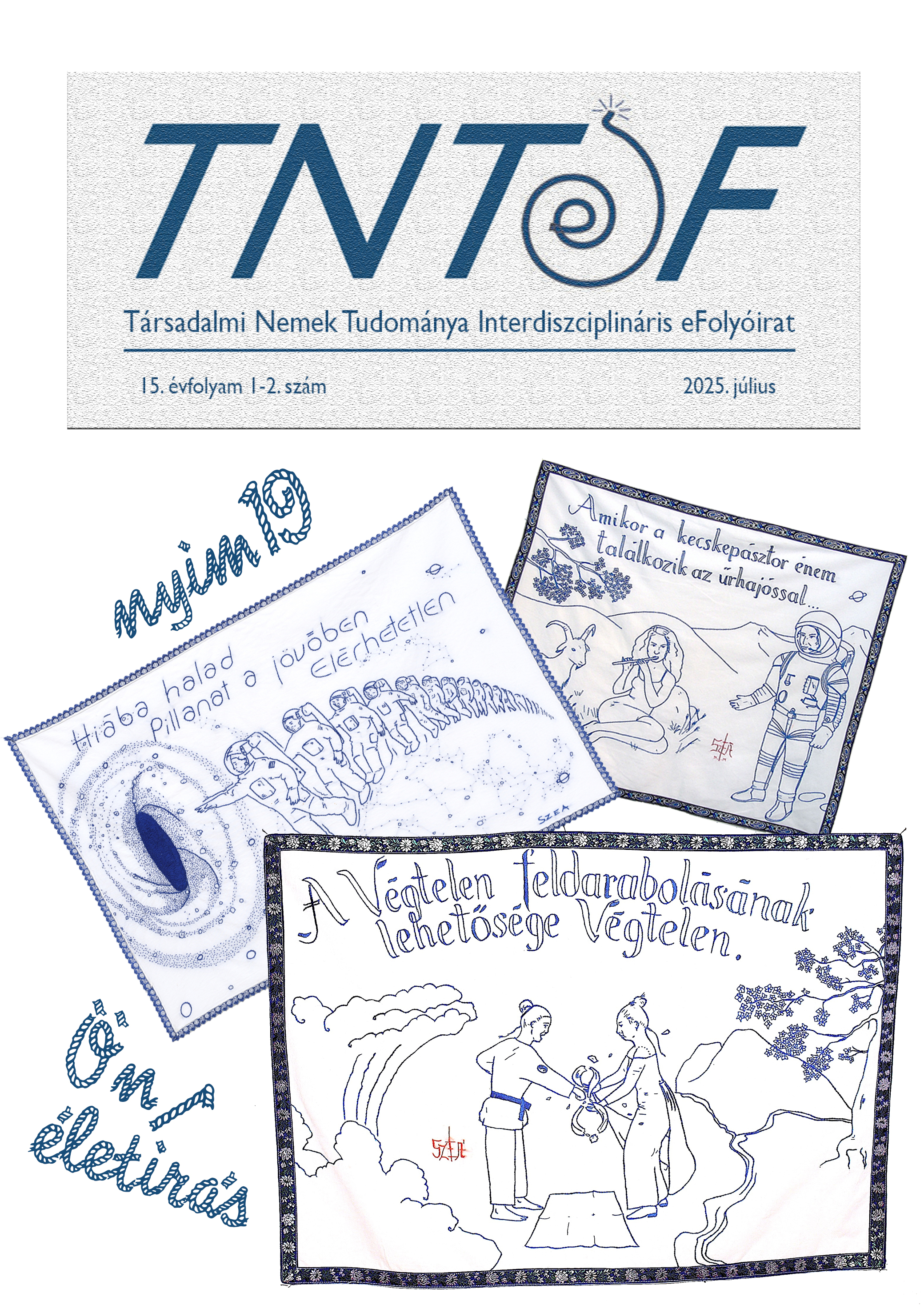Body Fragments. On the Early Works of Mária Berhidi
Main Article Content
Abstract
The work of Mária Berhidi can be considered a forerunner of feminist art in the Hungarian art of the 1970s and 1980s. My study focuses on her early creative years and the works she produced as a result of her experiences at the Academy of Fine Arts, which reflect her difficult relationship to the patriarchal art establishment. She dealt with her negative experiences during her studies in her diploma work, Modell, which was considered by her contemporaries as a work of institutional critique. Her work reflected the subordinate role of women artists in male-centric artistic discourse and reflected on the social position of women artists without explicitly working with feminist theories. Berhidi's sculptural attitude already in the 1980s was radically different from the classical, heroic male sculptural tradition. Works based on organic, delicate forms and respect for the material, such as stone sculptures and body fragments, were aimed at redefining the role of the female creator. In doing so, she provided an artistic response to the subversion of patriarchal artistic norms and to the question of female art and the presence of the female body. Berhidi thus established an artistic practice before the formation of the women's art discourse that anticipated the emerging theories of feminist art and female self-representation in Hungary and facilitated the emergence of later feminist art discourses.

